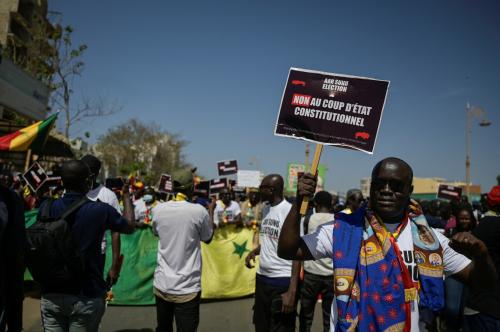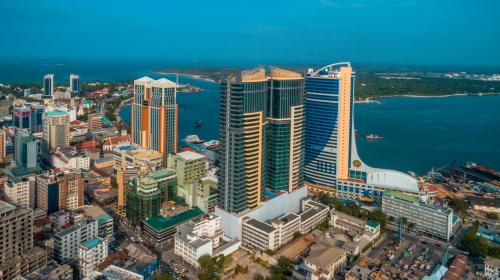Editor’s Note: This is the first of a three-part series by Richard Joseph, who examines Africa’s “progress narrative,” which “has provided an uplift from the usual dismal perceptions” of the continent. Read the second part.
Three narratives about Africa can be seen in contemporary media reports: a progress narrative, a disaster narrative, and what I call a prismatic narrative. The first narrative emphasizes the sustained growth, accompanied by poverty reduction and other social gains, that is now evident in about a quarter of the continent’s 55 countries. The disaster narrative was recently captured by Jeffrey Gettleman of the New York Times: “Many parts of Africa are clearly sinking deeper into violence, chaos, and obscurity.” The prismatic narrative can be seen in a report of the Africa Progress Panel chaired by Kofi Annan: “Progress, stagnation, and discouraging regression continue to co-exist on the continent.”
The progress narrative has provided an uplift from the usual dismal perceptions of Africa. It has been featured in two 2010 books: Vijay Rajahan’s Africa Rising and Steven Radelet’s Emerging Africa. In a similar vein, the World Bank declared in its 10-year Africa Strategy in March 2011 that sub-Saharan Africa had “an unprecedented opportunity for transformation and sustained growth” and “could be on the brink of an economic takeoff, much like China was 30 years ago, and India 20 years ago.”
Read the full piece on the Chicago Council on Global Affairs »



Commentary
Op-edStrategic Priorities in Contemporary Africa: Part I
March 29, 2012